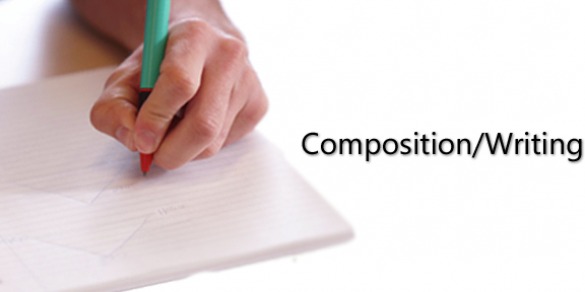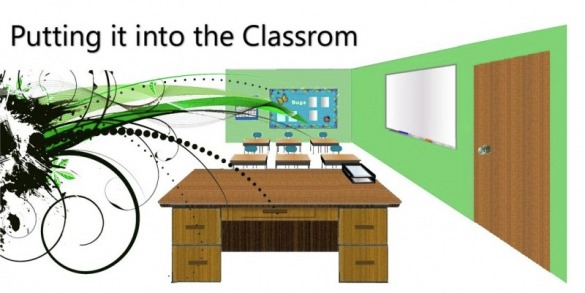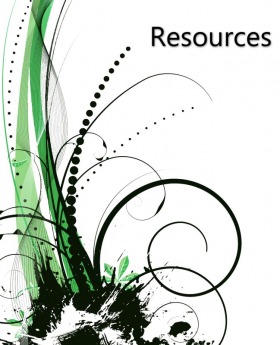preliminary thoughts about writing
Composition/Writing Includes:
- Three Modes of Writing
- Expressive Mode: Free flow of ideas and feelings, closest to self
- Poetic Mode: Considered more of an art medium
- Transactional Mode: Attempts to persuade or advise others
How Children Learn to Write:
Stages of Composition:
1. Writing through drawing
5. Writing through estimated spelling
- Through discovery by creating their own strategies for writing
- Moving developmentally from strategy to strategy
- By others around them providing meaningful examples
- From each other as they figure out how to write
Stages of Composition:
1. Writing through drawing
- Children expressing themselves on paper
- May follow a structure (looking like a list or a story) but just consists of squiggly lines
- Letters start to form
5. Writing through estimated spelling
- Writing includes more letters
- Over time and with more exposure to the print in books and just around the environment
First piece of writing for most children is their own names
Block, Meghan. (2010). Composition/Writing. [PowerPoint Slides].
Retrieved from University of Michigan State.
Retrieved from University of Michigan State.
Vocabulary Related to Comprehension:
- Recurring Principle: Writing consists of the same moves repeated over and over again
- Generative Principle: Writing created by employing the same small set of letters combined in different ways
- Sign Concept: A graphic display representing text
- Flexibility Concept: Letters can be varied to produce new letters
- Directionality: Arrangement of print on a page
- Negative Space: The space left between words
- Invented Spelling: Early spellings children produce on their own
- Example: mskedas (mosquitos)
- Letter-name Strategy: Using a letter to spell a sound if the name of the letter closely resembles the sound
- Example: lade (lady)
- Incorrect use of Digraphs: Using one letter to spell a digraph, or sound produced by two letters
- Example: ihovr (each other)
- Invented Spelling of Long Vowels: Lack markers to indicate longness
- Example: nam (name)
- Invented Spelling of Short Vowels: Use of letter-name strategy in place of short vowel
- Example: veset (visit) or mod (mud)
- Vowel Omissions: Lack of vowels in syllables
- Example: letl (little) or sopr (supper)
- Transitional Spelling: Words may look like English words but are spelled incorrectly
- Example: dayses (daises)
- Prephonemic: Stringing of letters together without attempting to represent speech sounds in any systematic way.
- Early phonemic: Spelling in which letters are used to represent sounds, but letters are often written for only one or two sounds in a word.
- Letter-name: Letters are chosen to represent phonemes based on the similarities between the sound of the letter-names and the respective phonemes.
- Transitional: Words look like English, yet are often spelled incorrectly.
- Correct: Majority of words are spelled correctly.
- Composition: Children can compose before they write. They like to dictate their stories to others.
- “Plagiarize:” Children often pull bits and pieces from the works of others into their own works.
- Challenges: It’s challenging for kids think about the interest of themselves as authors, their audience, their topic, and their purpose for writing.
- Generative Principle: Allows the child to use a limited set of letters to fill a page
- Flexibility Principle: Allows the child to use a limited set of letters and embellish them to become new letters
Block, Meghan. (2010). Composition/Writing. [PowerPoint Slides].
Retrieved from University of Michigan State.
Retrieved from University of Michigan State.
Second Language Learners (SLL):
- SLL's may have a completly different system of writing
- Chinese has symbols that represent words and sometimes sentences
- Some languages are written from right to left
Ways to Help Students Develop Composition:
- Tracing: Writing over the letters someone else has written
- Copying: Using the letters someone else has written as a prompt to write one’s own letters
- Generating: Creating one’s own letters without prompting
- Inventory Principle: Tendency to make lists of letters or words kids can write
- Ask the child what he would like to write
- Repeat what the child says
- Draw one line for each word using a highlighter or pen. Have the child write one “word” per line
- Read and reread the message together as necessary
- Remember the rules
- Vowel + Consonant: When a vowel is followed by a consonant that vowel has a short pronunciation (e.g., mat)
- Vowel + Consonant + e, i, or y: When a vowel is followed by a consonant, followed by any one of these three vowels, the vowel has a long pronunciation
Block, Meghan. (2010). Composition/Writing. [PowerPoint Slides].
Retrieved from University of Michigan State.
Retrieved from University of Michigan State.




